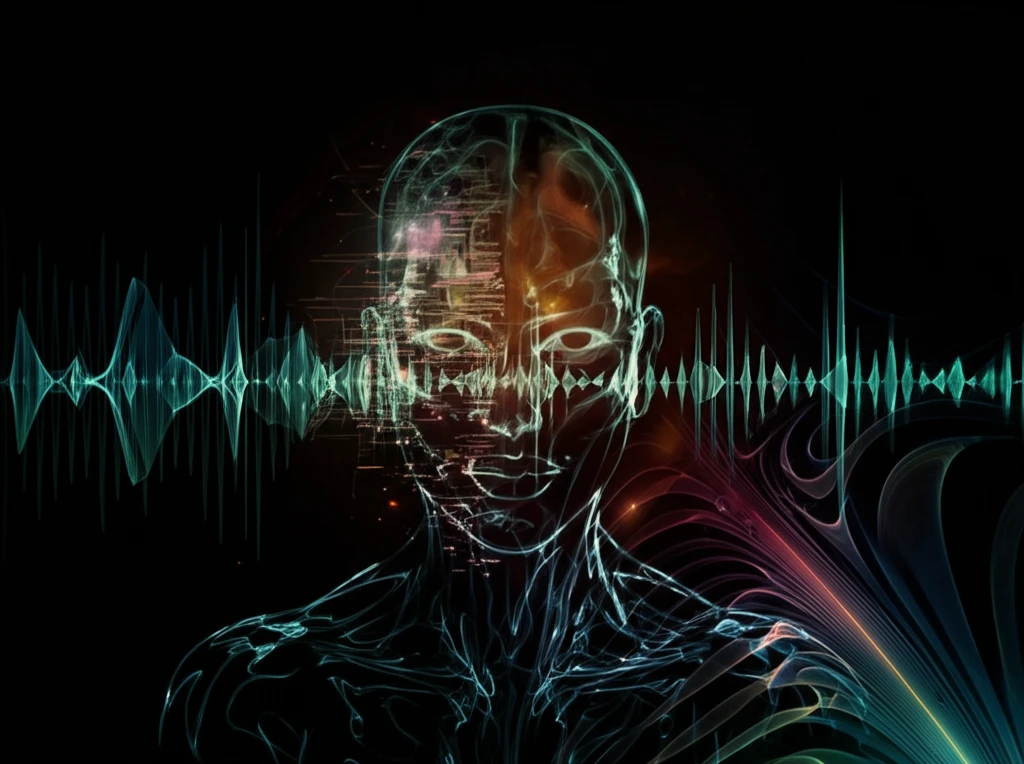
Unlock Your Voice: A Guide to Speech Emotion Recognition and Transfer Learning
"Can AI Truly Understand How You Feel? Explore the latest breakthroughs in speech emotion recognition using sparse transfer learning."
Imagine a world where your devices understand not just what you say, but how you feel. This is the promise of speech emotion recognition (SER), a fascinating field within affective computing that aims to automatically identify emotions from speech. From healthcare to customer service, the applications are vast and rapidly evolving.
Traditionally, SER systems have struggled when trained on one type of speech data and tested on another. This is because emotions can sound different depending on the speaker, environment, or recording device. The challenge lies in creating systems that are robust and adaptable enough to recognize emotions across diverse conditions.
Recent advances in sparse coding and transfer learning are paving the way for more accurate and versatile SER systems. Sparse transfer learning, in particular, offers a powerful approach to bridge the gap between different speech datasets, enabling AI to better understand the nuances of human emotion.
Decoding Emotions: How Sparse Transfer Learning Works

At its core, sparse transfer learning leverages the principles of sparse coding to represent emotional features in a more robust and efficient manner. Sparse coding seeks to express complex data as a combination of a few essential elements, much like how a painter uses a limited palette of colors to create a wide range of scenes.
- Sparse Coding: Extracts key emotional features.
- Transfer Learning: Adapts knowledge across different datasets.
- MMD Regularization: Minimizes distribution differences.
- Iterative Optimization: Refines feature representation and dictionary.
The Future of Emotional AI
Sparse transfer learning represents a significant step forward in the quest to create AI systems that can truly understand and respond to human emotions. By combining the power of sparse coding with the adaptability of transfer learning, this approach holds the promise of more accurate, robust, and versatile SER systems with applications that span healthcare, customer service, and beyond. As research continues, we can expect even more sophisticated techniques to emerge, bringing us closer to a future where technology is not only intelligent but also emotionally aware.
